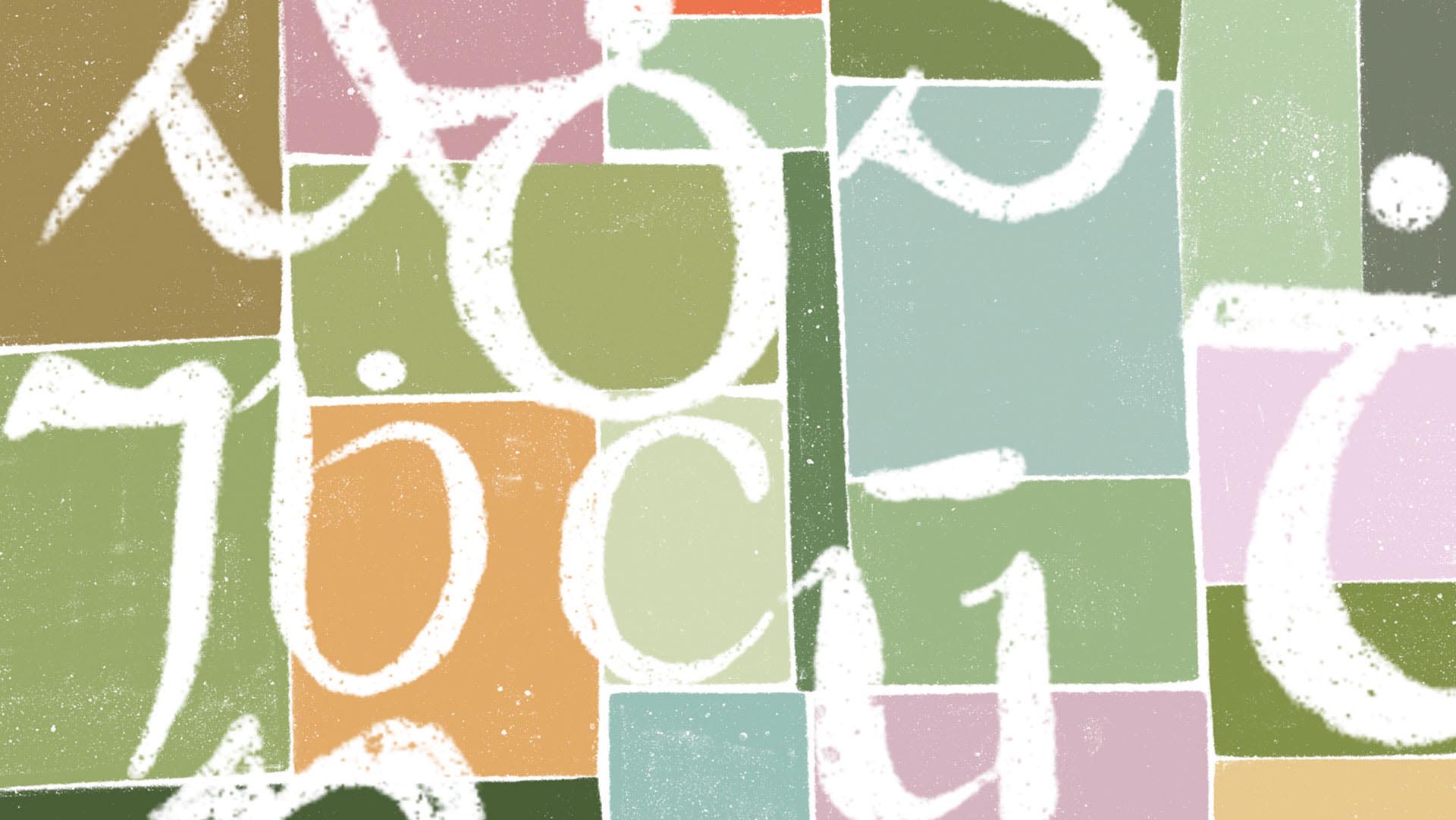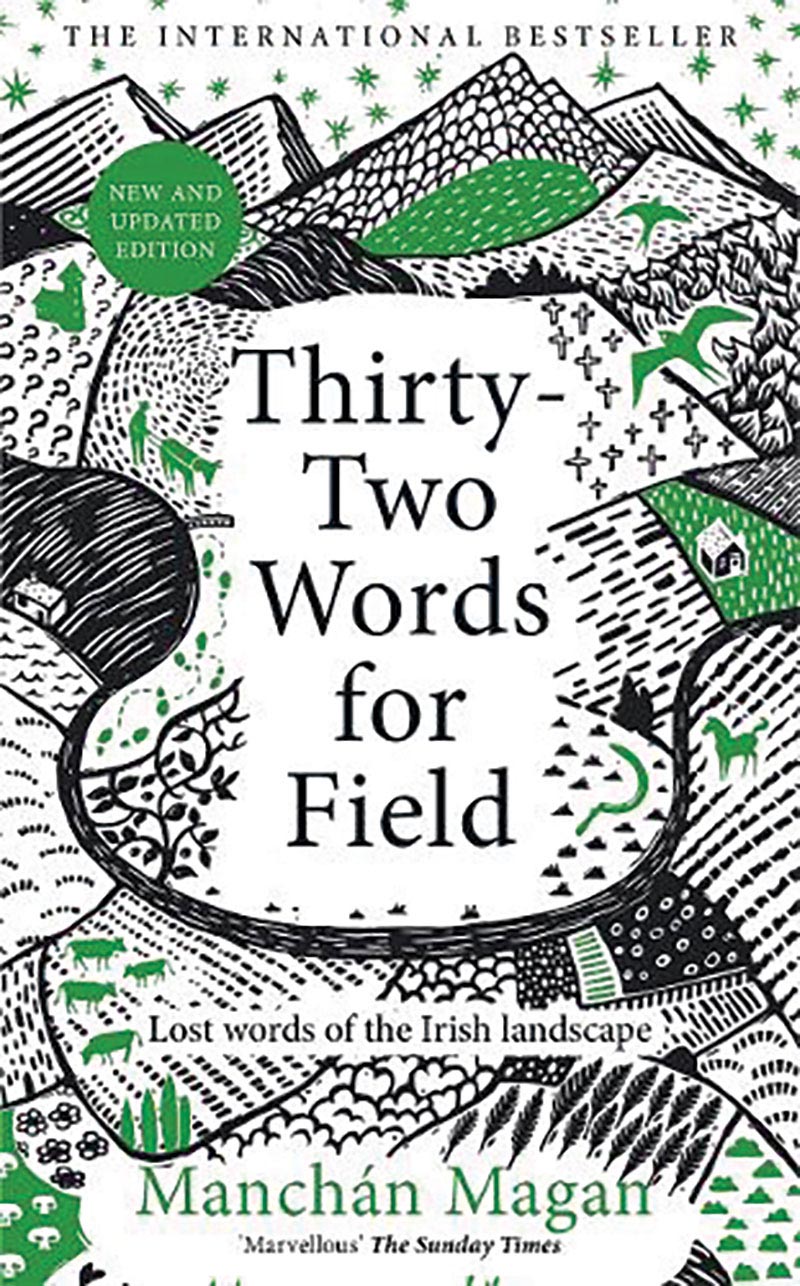It was my grandmother, Sighle Humphreys, who taught me Irish and when I asked her one day what the word for a hole was, she replied, “Do you mean one dug into the ground by an animal? That’s an uachas. Or one made by fish in a sandy riverbed for spawning? That’s a saothar. Or if it’s been hollowed out by the hoofs of beasts and then filled with rain it’s a plobán. Or if a lobster is hiding in one it’s a fach. Or if it’s been created as a hideaway by a wild beast it’s a puathais.”
Perhaps it was then that I first noticed that the two languages I spoke, Irish and English, required not just different forms of grammar and syntax but different ways of interpreting reality. It wasn’t just that the sun rose in five distinct stages in Irish, but that if I needed to give directions to someone I had to orientate myself in relation to the sun quite specifically.
I would be heading siar ó dheas (south-west) along the road or aduaidh (to the north) or soir abhaile (eastwards home). Even when someone or something was just a little way off, such as a cow in the next field, I would say, “Tá an bhó thoir sa pháirc” (“The cow is in the field to the east”).
Get the latest news and insight into how the Big Issue magazine is made by signing up for the Inside Big Issue newsletter
Later on I learned that there were many other words for holes, such as one dug into a bog, a criathar, and one made by an auger, a tarathar, and a cup-like hole in a rock, a ballán. Each can be translated into the English word hole, and perhaps it’s efficient to do so, but I have always wondered what subtlety and nuance is lost and whether the richness of the reality the Irish words describe would wane.
Our landscape now looks like an anonymous expanse of indistinguishable fields, yet seen through the Irish language each field has its own word, depending on its characteristics and function. There are well over 32 different words for field in Irish.






